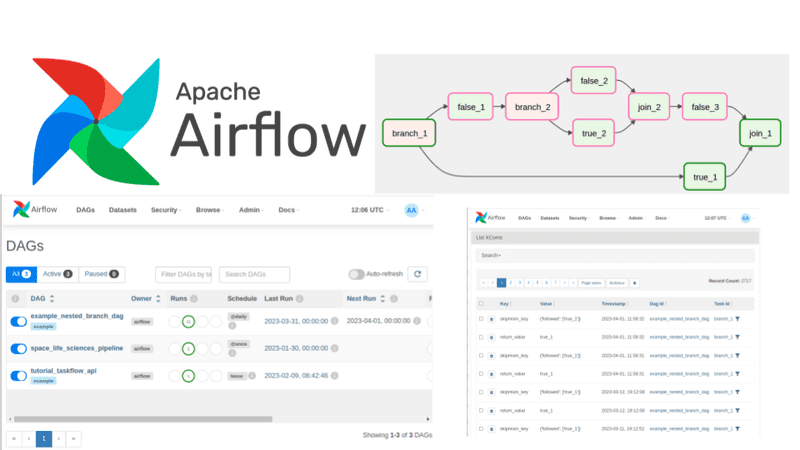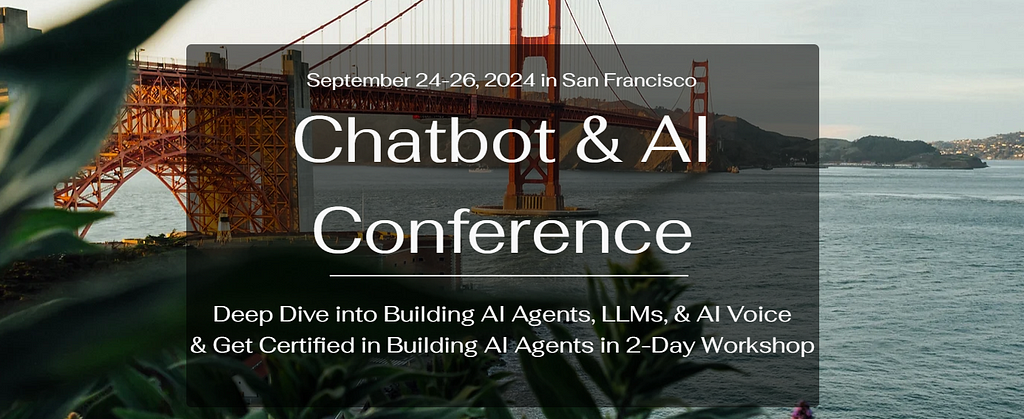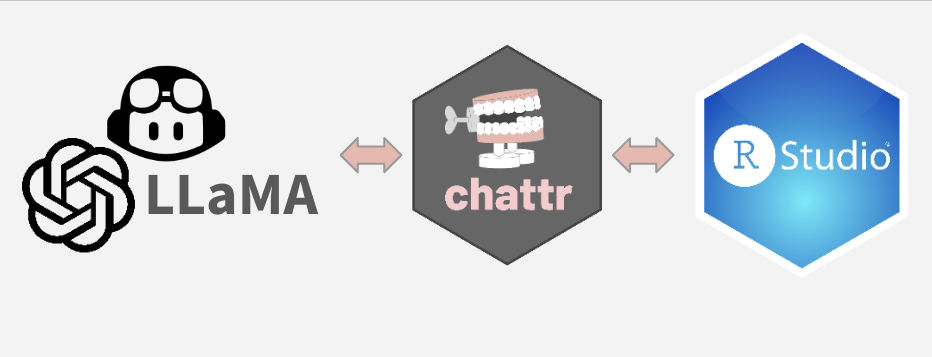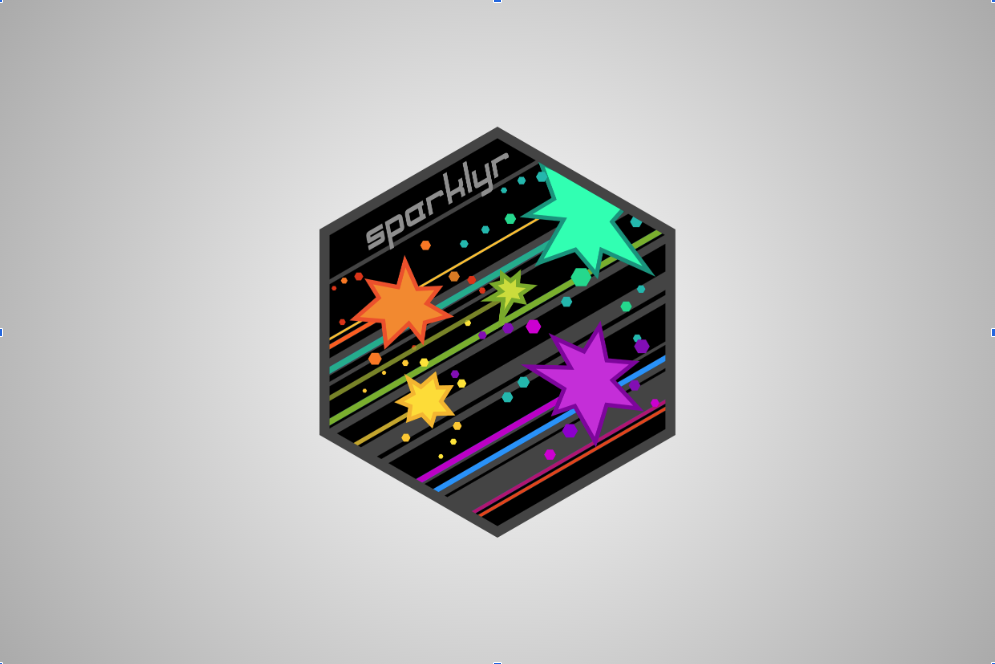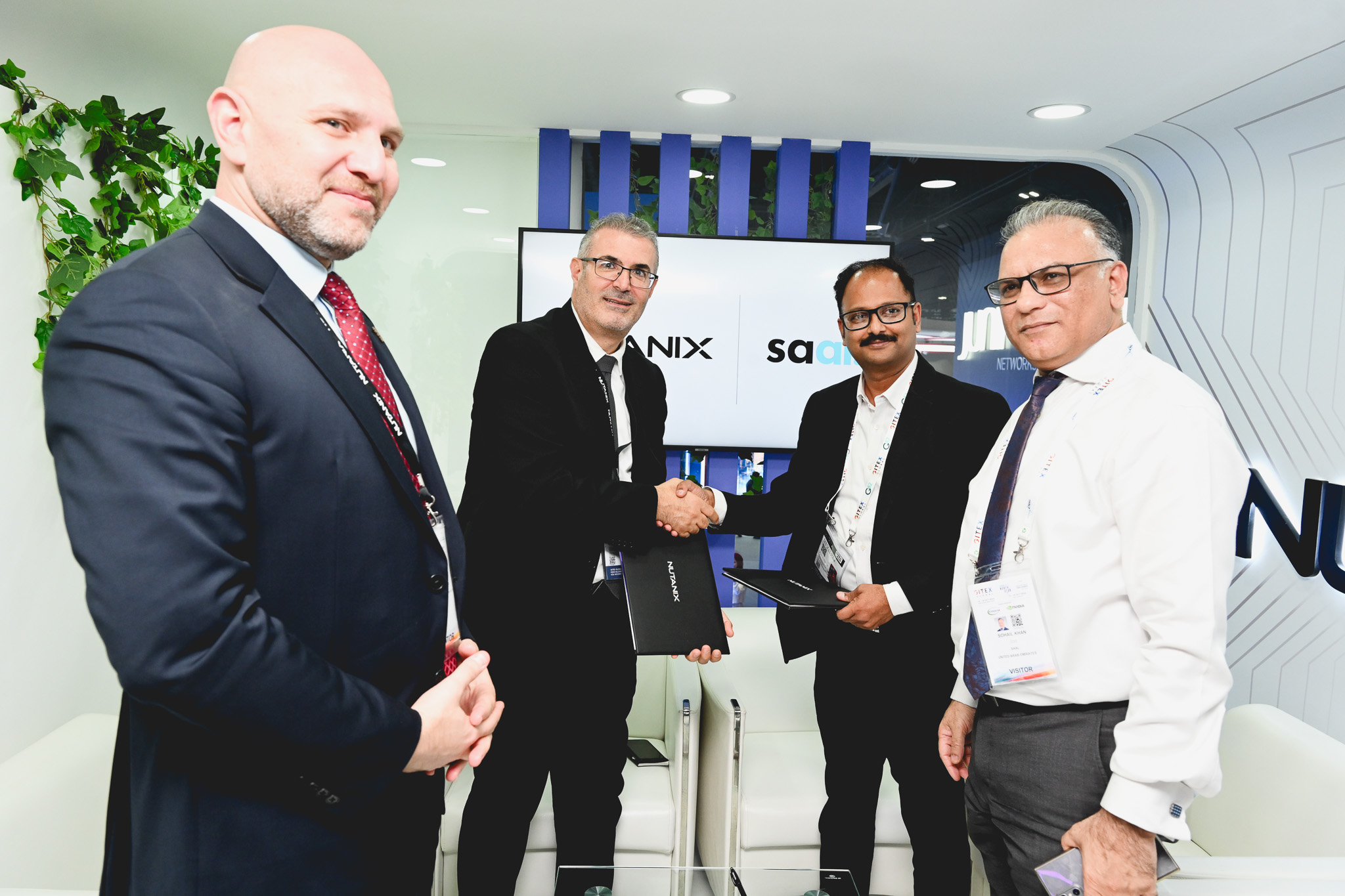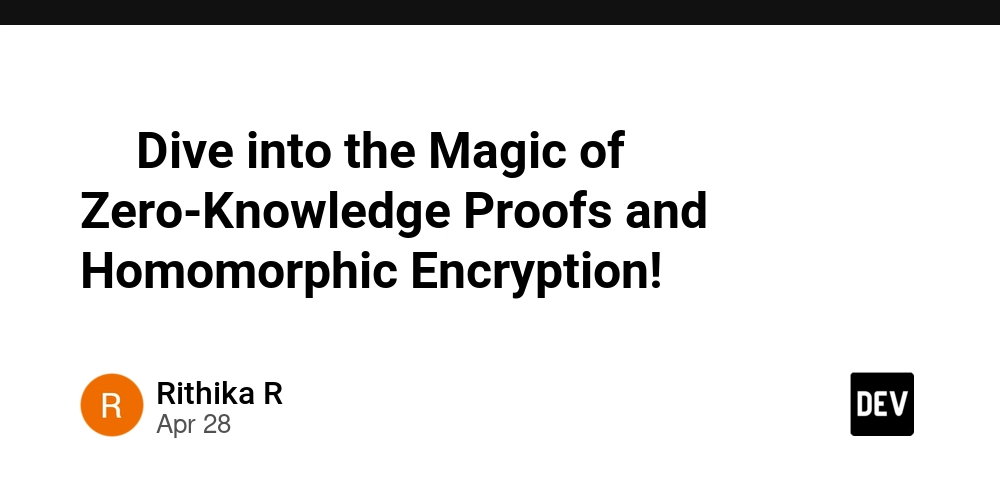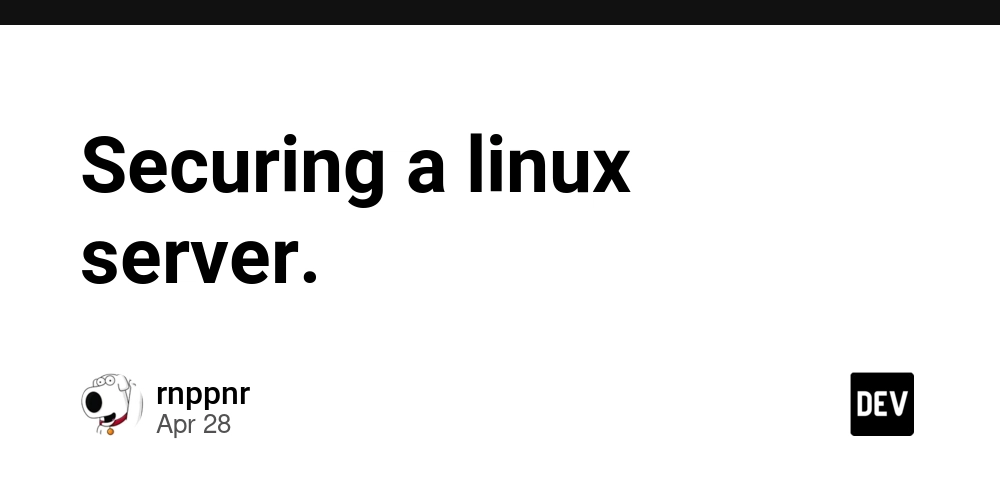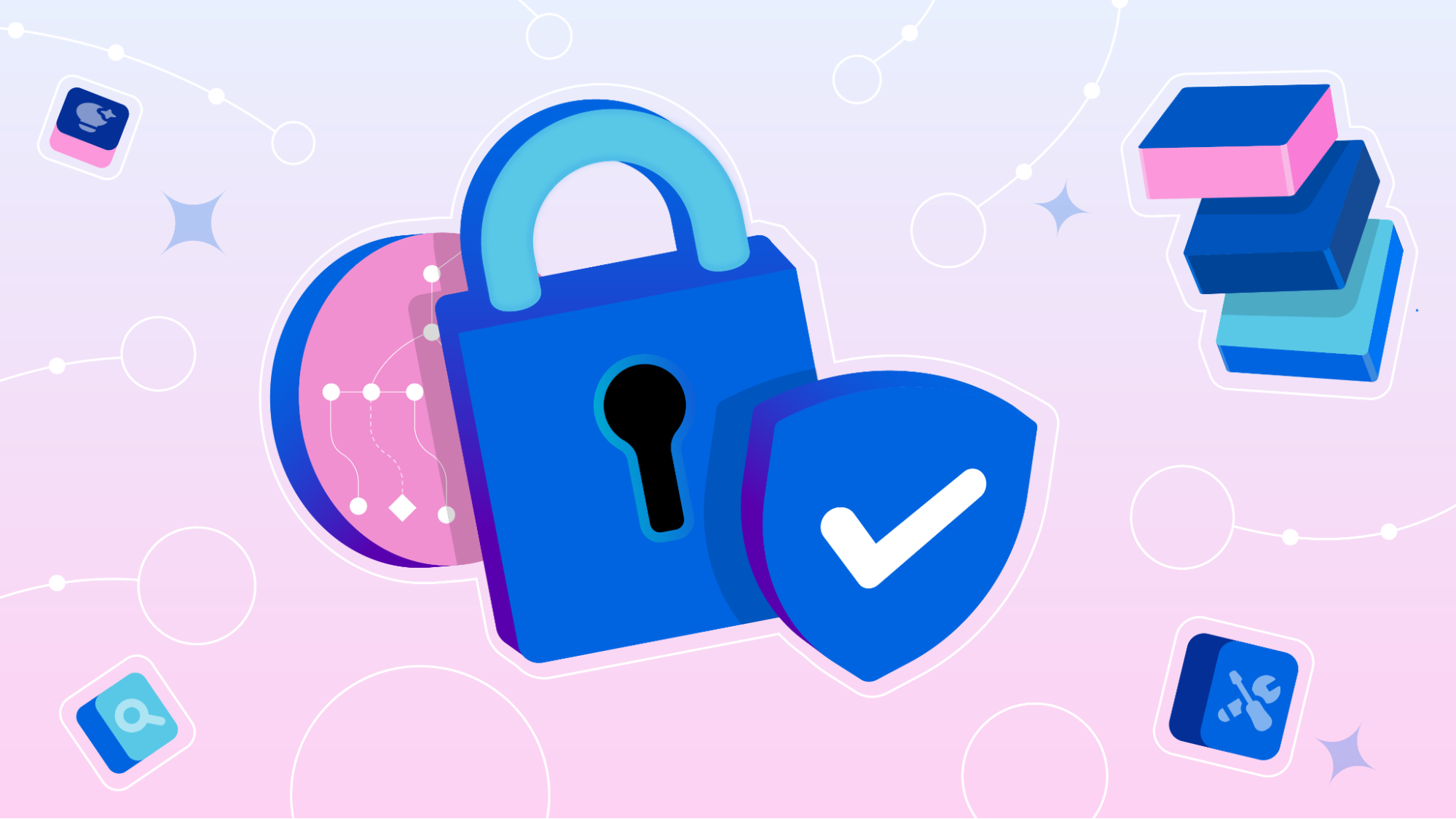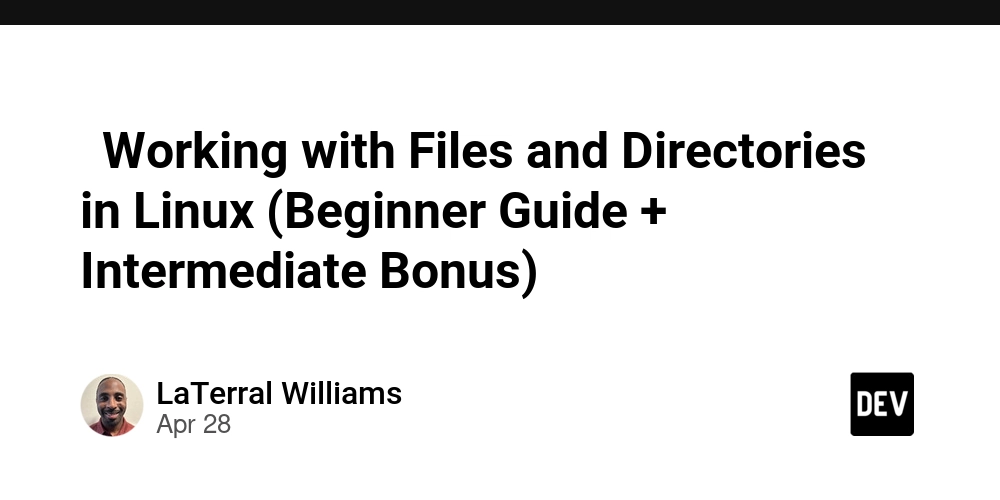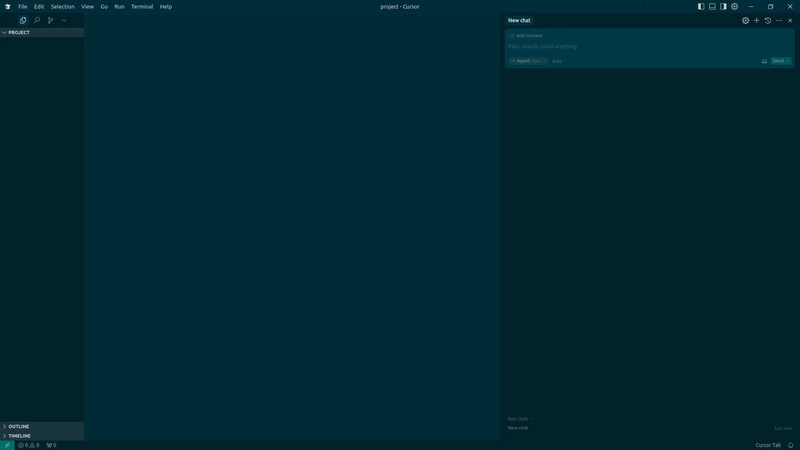Building a RESTful To-Do API with Clean Architecture in Python
Building a RESTful To-Do API with Clean Architecture in Python APIs power modern apps, but without good structure they become tangled. In this tutorial, you’ll learn how to create a simple To-Do API in Python—organized with clean architecture patterns for maintainability and testability. Table of Contents What You’ll Build Why Clean Architecture? Project Structure Step 1: Define Entities Step 2: Use Cases (Business Logic) Step 3: Interface Adapters (Controllers & Repos) Step 4: Framework & Drivers (Flask) Step 5: Testing Next Steps What You’ll Build A minimal To-Do API with endpoints to: Create a task List all tasks Update a task’s status Delete a task All following clean architecture layers so code remains decoupled and easy to evolve. Why Clean Architecture? Clean architecture separates concerns into layers: Entities: Core business objects Use Cases: Business rules Interface Adapters: Convert data between layers Framework & Drivers: External tools (e.g., Flask) Benefits: Testable business logic Easier to swap frameworks or databases Clear dependency rule: outer layers depend on inner ones Project Structure
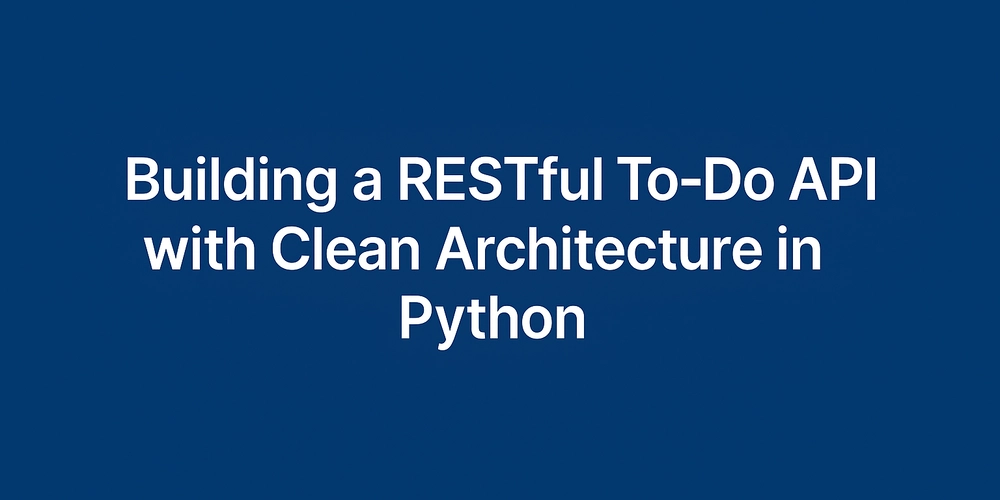
Building a RESTful To-Do API with Clean Architecture in Python
APIs power modern apps, but without good structure they become tangled. In this tutorial, you’ll learn how to create a simple To-Do API in Python—organized with clean architecture patterns for maintainability and testability.
Table of Contents
- What You’ll Build
- Why Clean Architecture?
- Project Structure
- Step 1: Define Entities
- Step 2: Use Cases (Business Logic)
- Step 3: Interface Adapters (Controllers & Repos)
- Step 4: Framework & Drivers (Flask)
- Step 5: Testing
- Next Steps
What You’ll Build
A minimal To-Do API with endpoints to:
- Create a task
- List all tasks
- Update a task’s status
- Delete a task
All following clean architecture layers so code remains decoupled and easy to evolve.
Why Clean Architecture?
Clean architecture separates concerns into layers:
- Entities: Core business objects
- Use Cases: Business rules
- Interface Adapters: Convert data between layers
- Framework & Drivers: External tools (e.g., Flask)
Benefits:
- Testable business logic
- Easier to swap frameworks or databases
- Clear dependency rule: outer layers depend on inner ones
Project Structure





















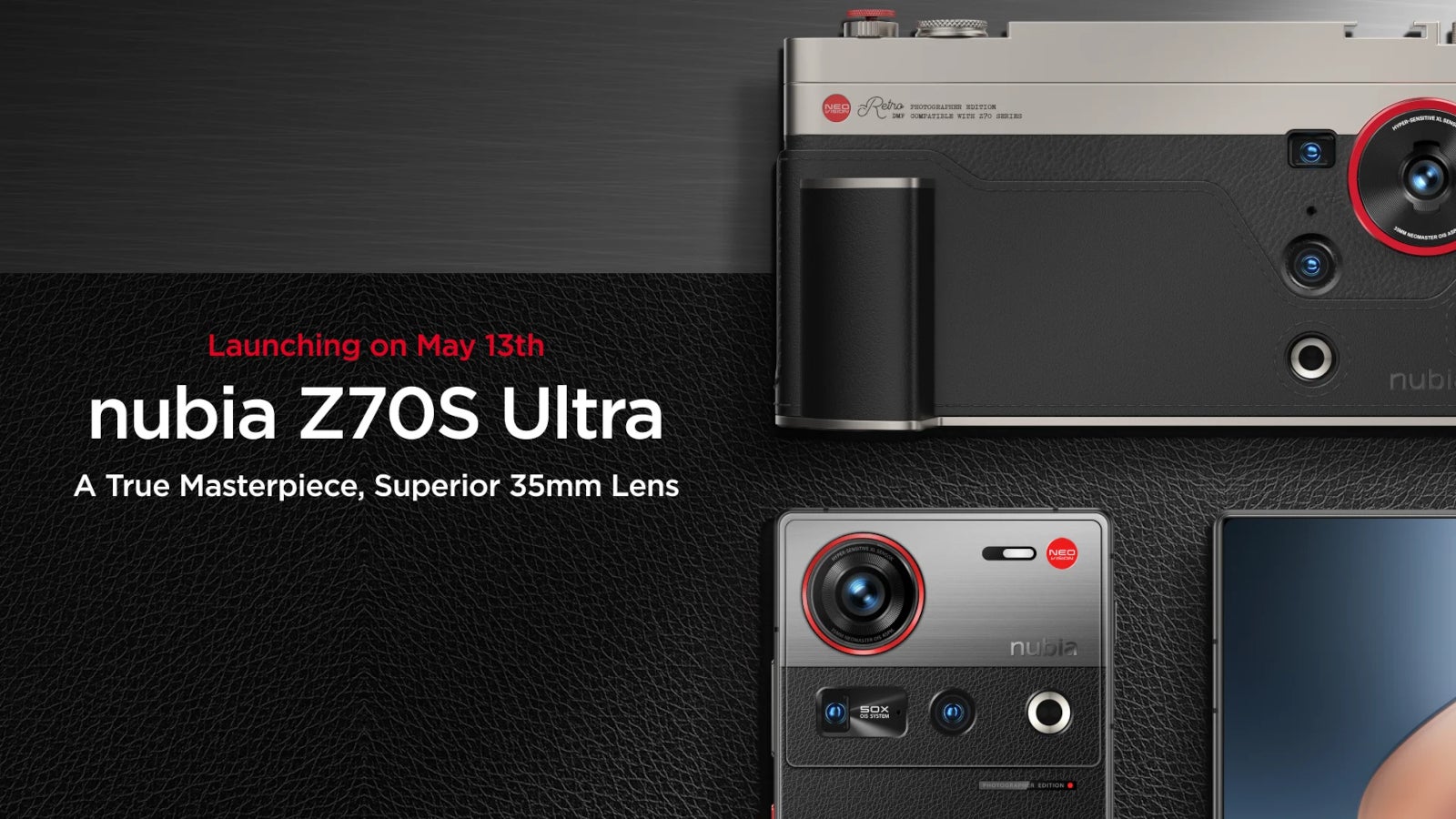

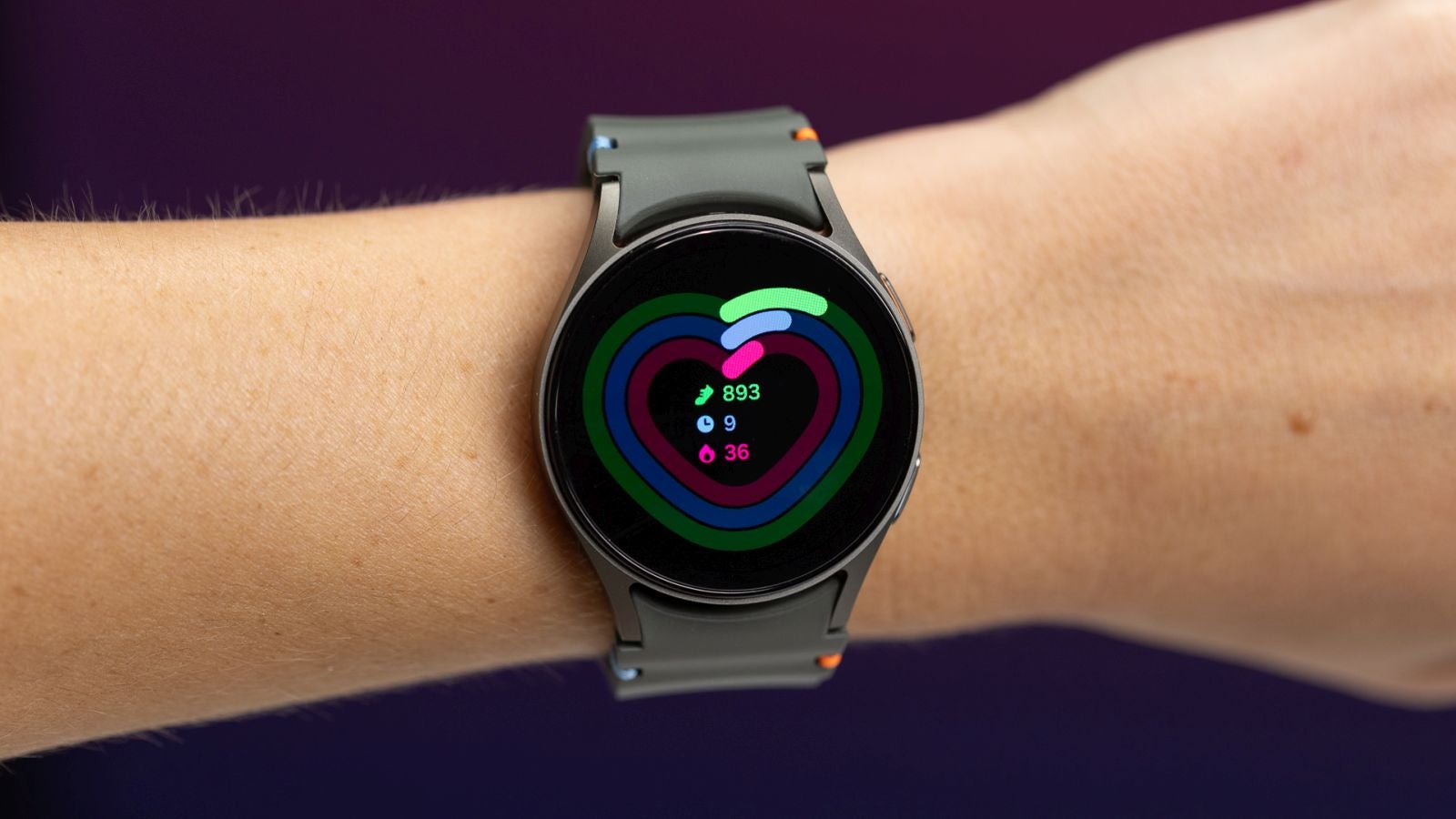





























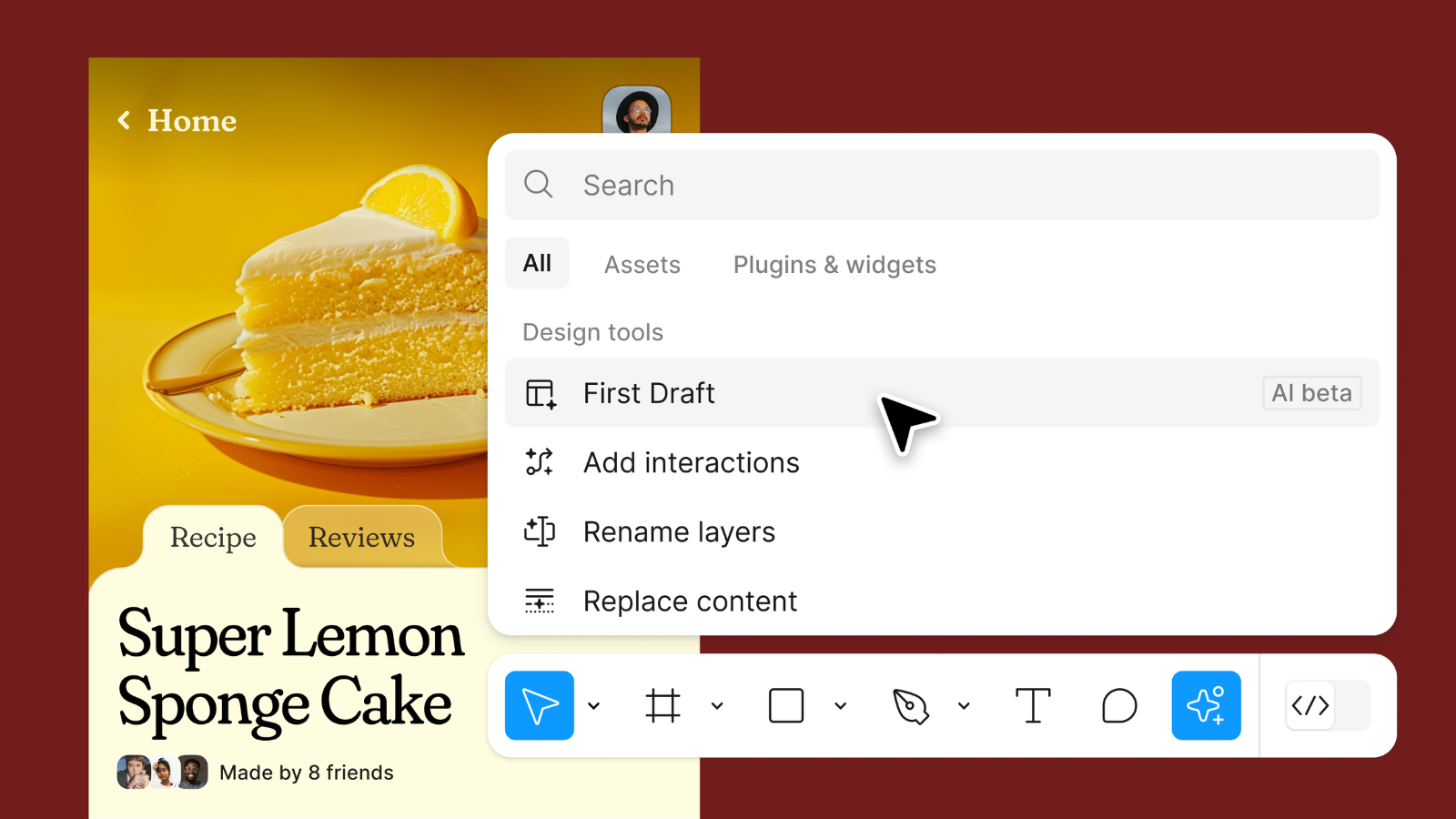






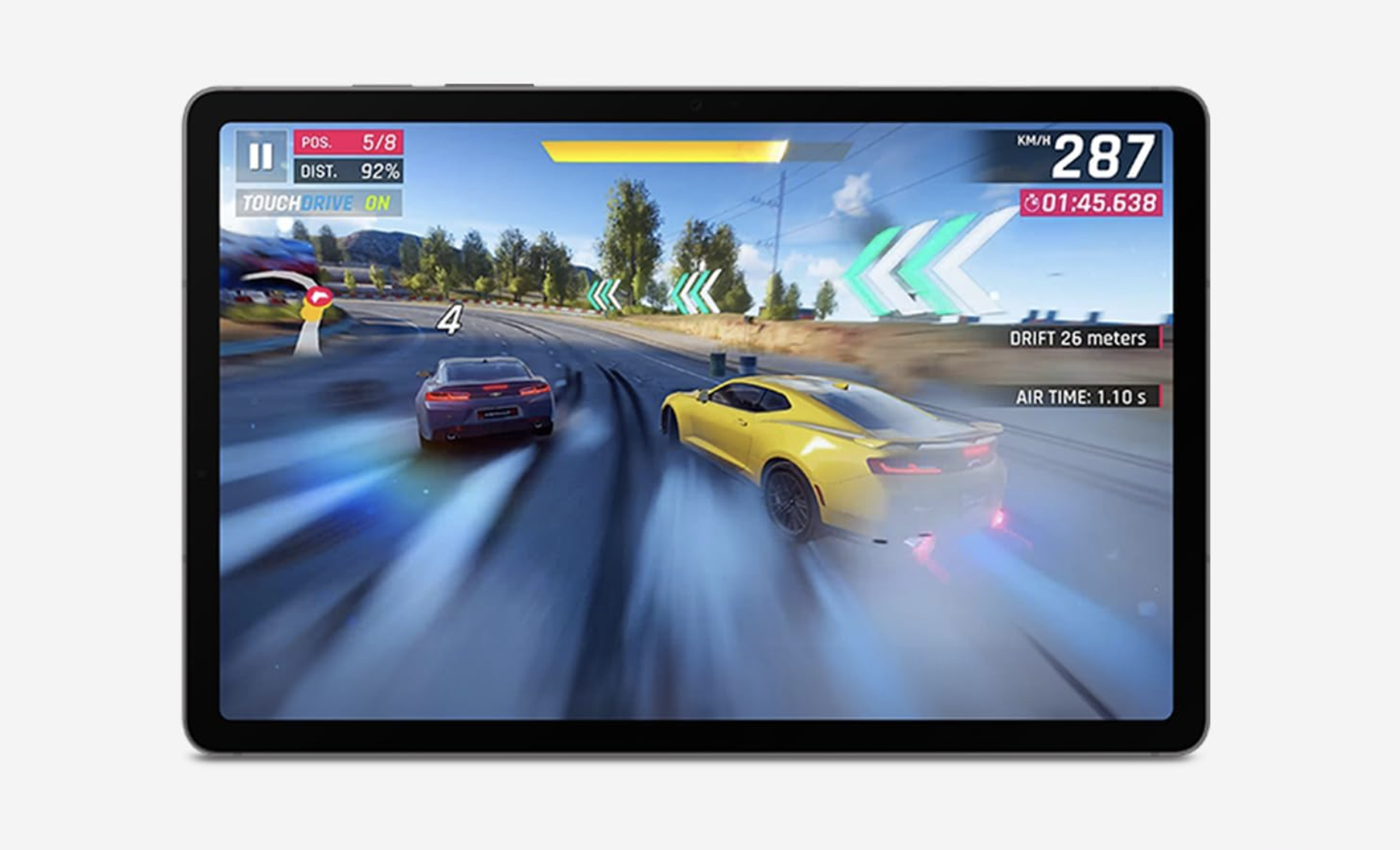



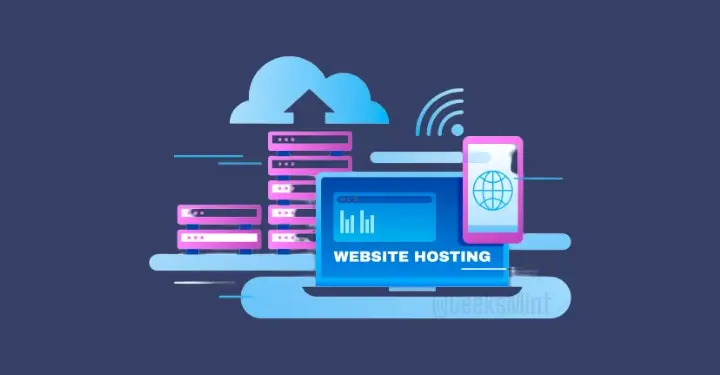



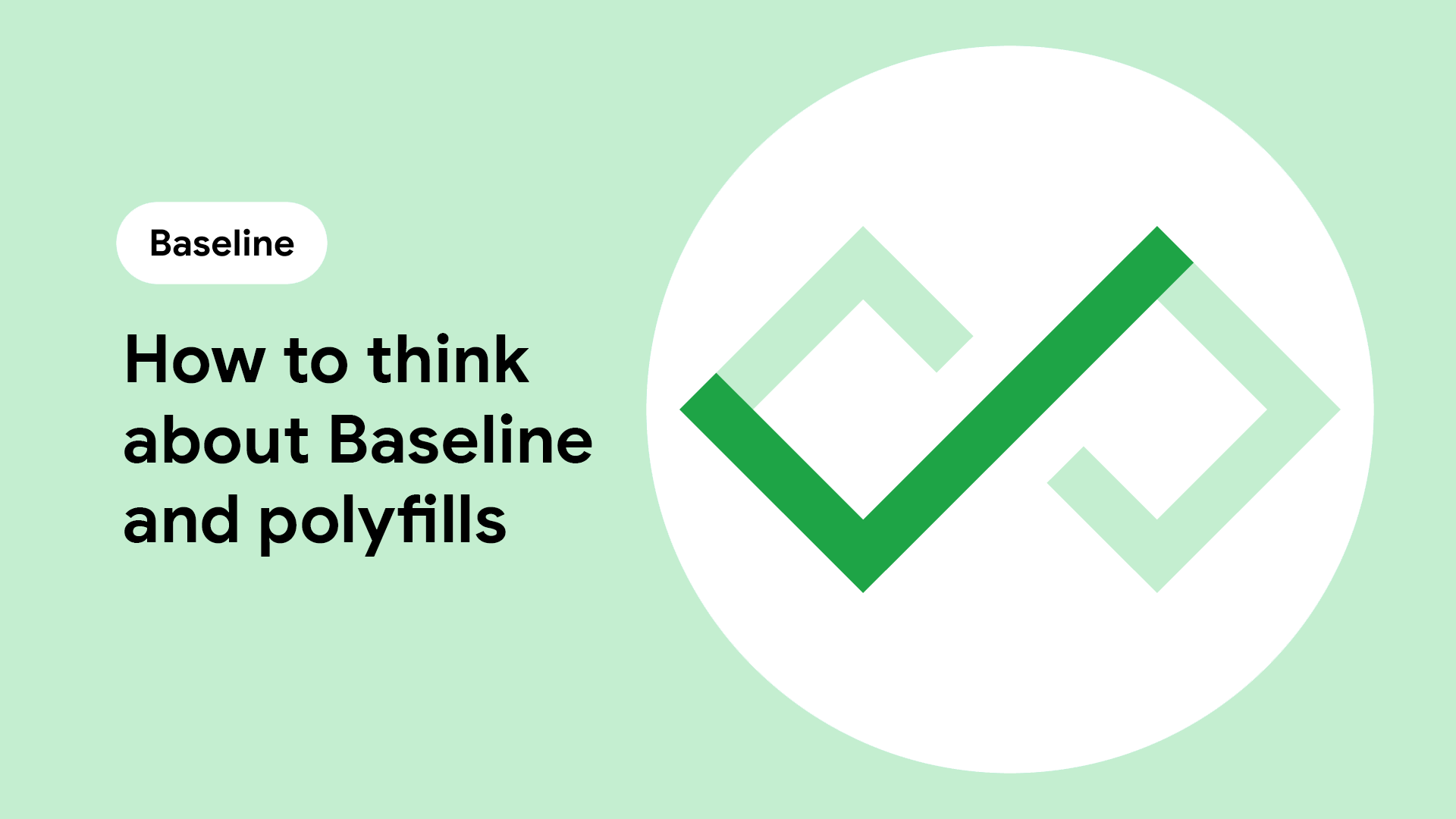




![New iPad 11 (A16) On Sale for Just $299! [Lowest Price Ever]](https://www.iclarified.com/images/news/97144/97144/97144-640.jpg)

![M4 MacBook Air Drops to Just $849 - Act Fast! [Lowest Price Ever]](https://www.iclarified.com/images/news/97140/97140/97140-640.jpg)
![Apple Smart Glasses Not Close to Being Ready as Meta Targets 2025 [Gurman]](https://www.iclarified.com/images/news/97139/97139/97139-640.jpg)

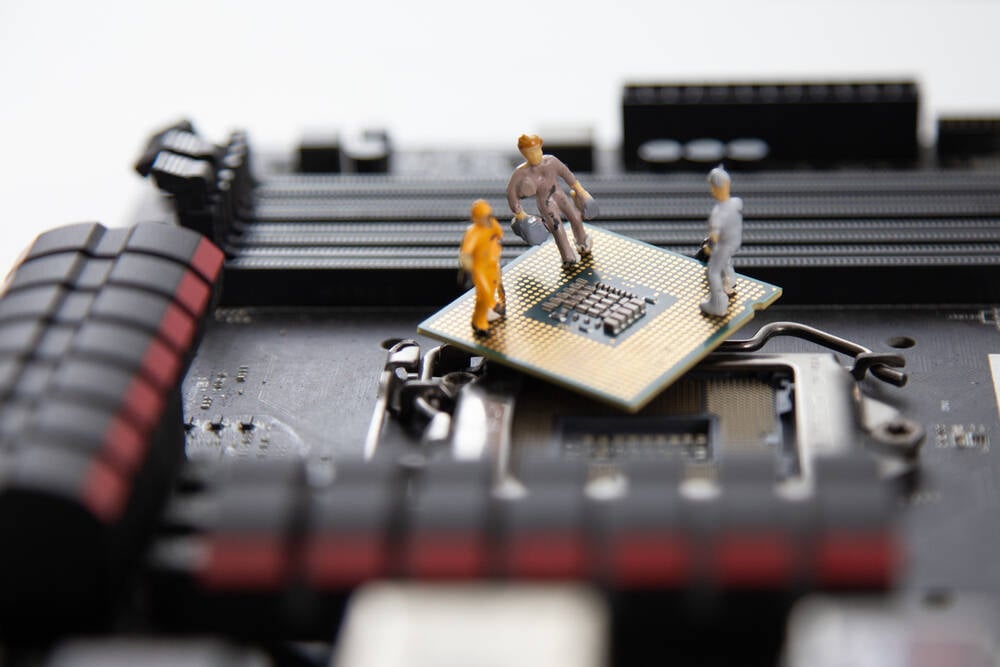
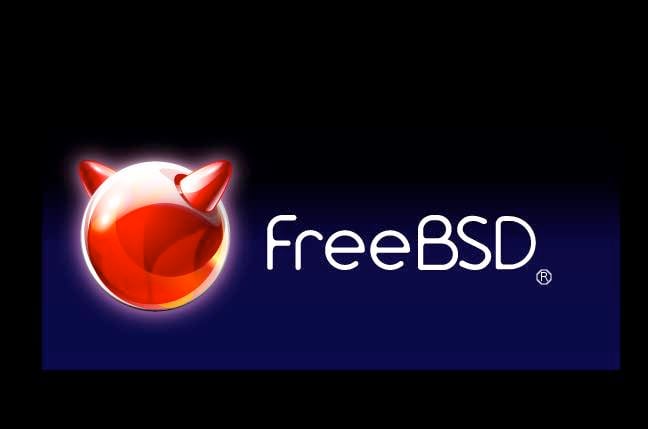
















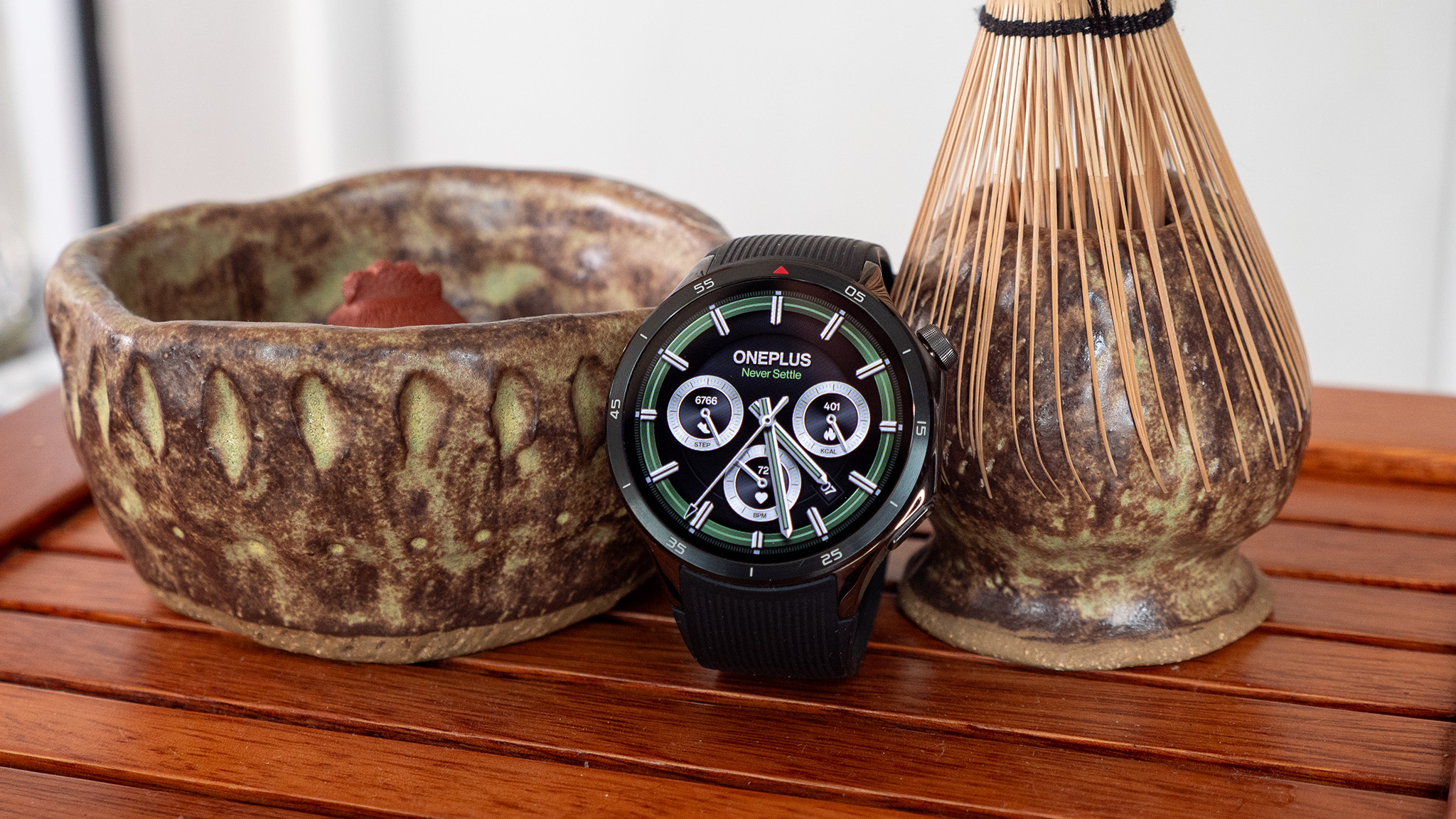
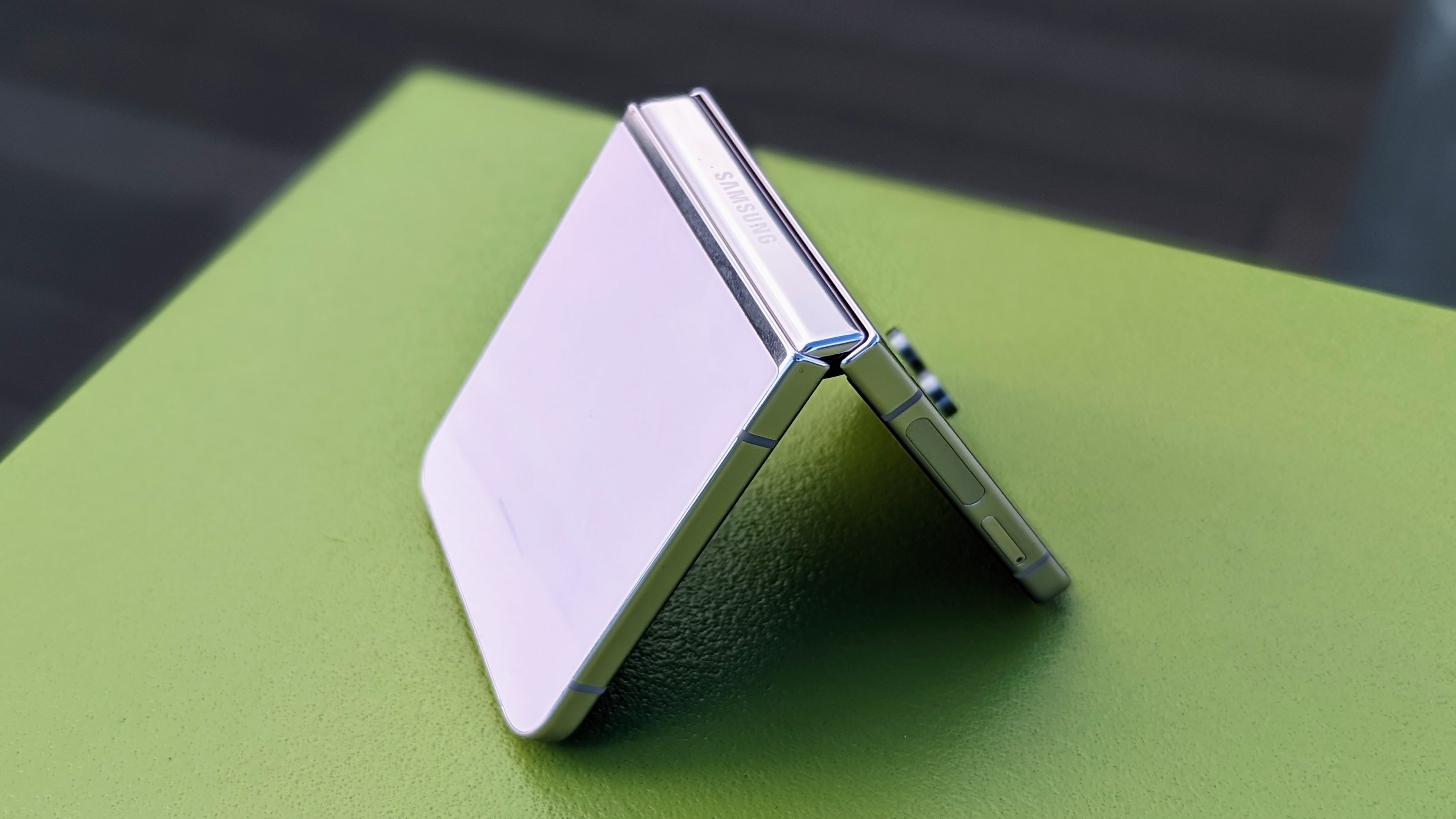
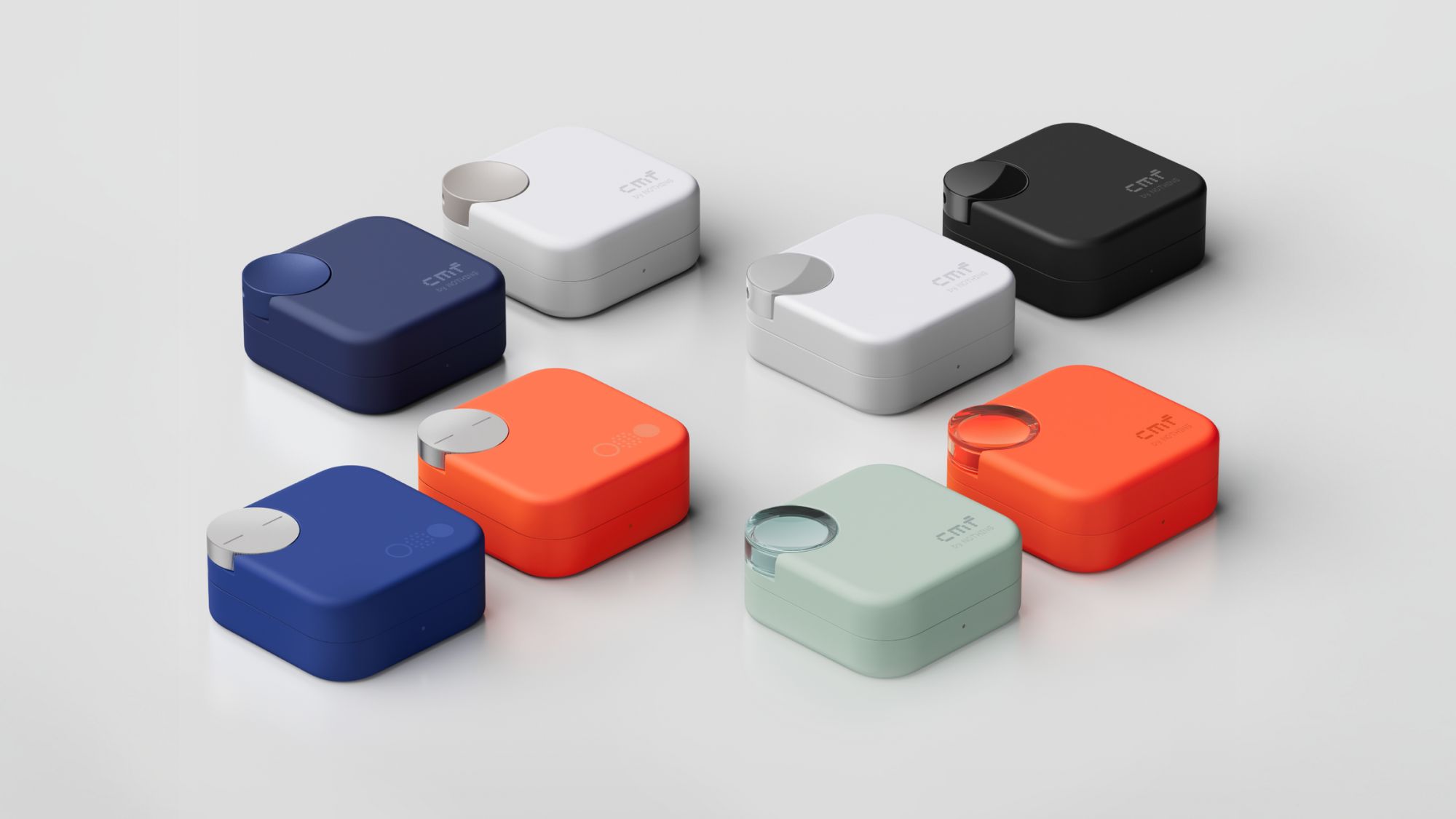
















































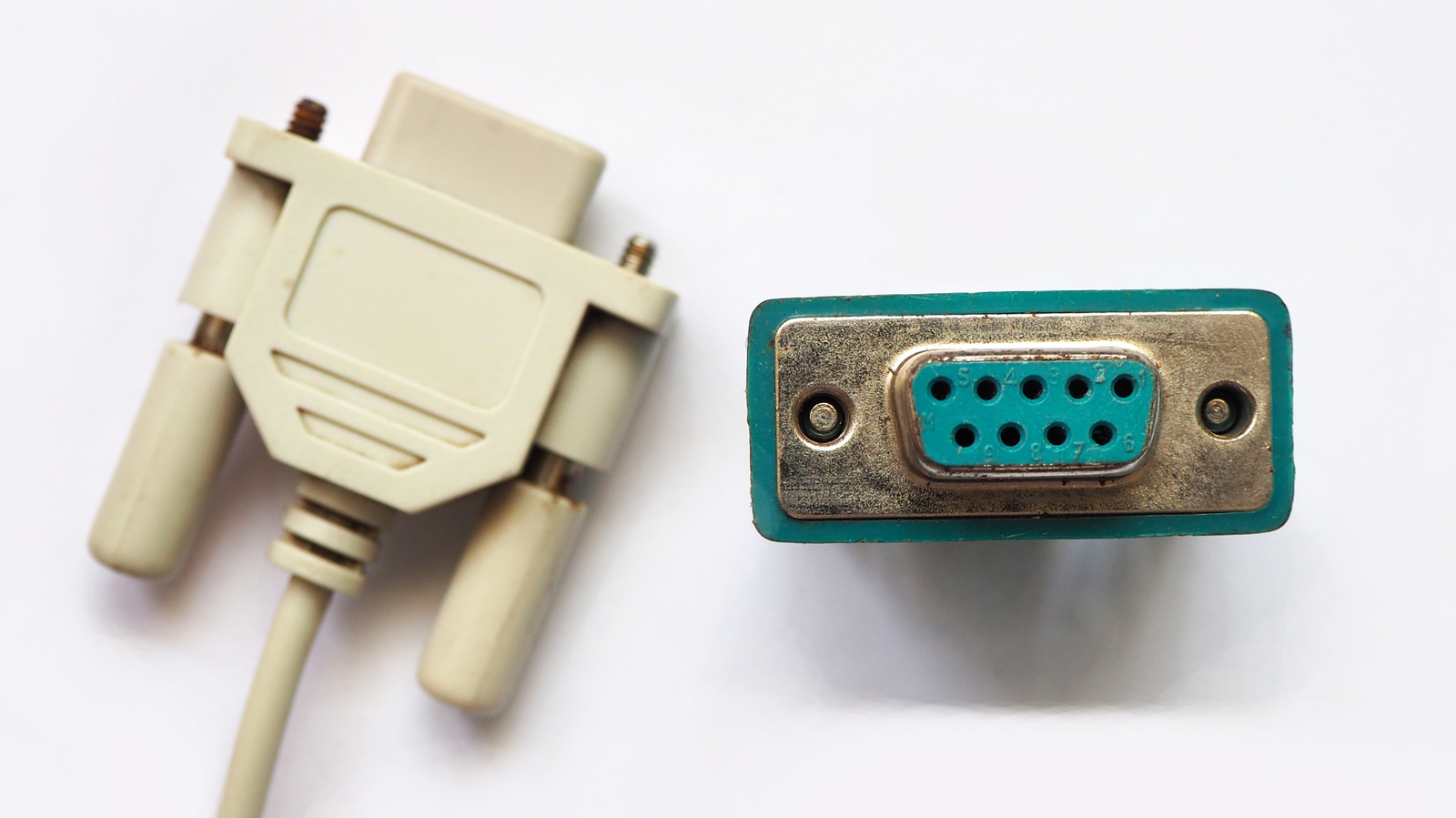








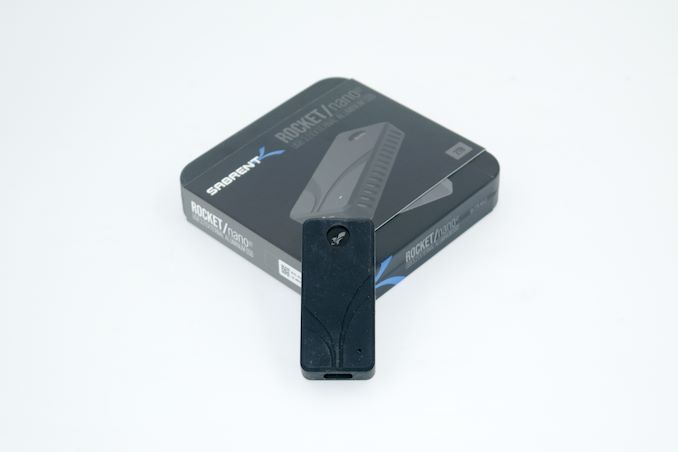
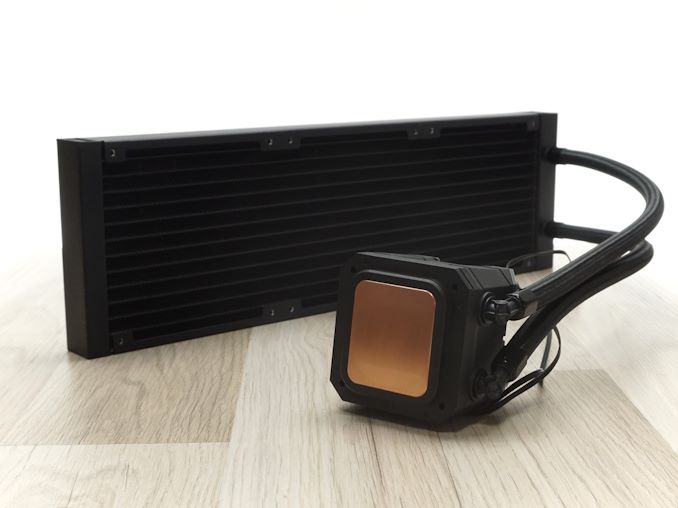
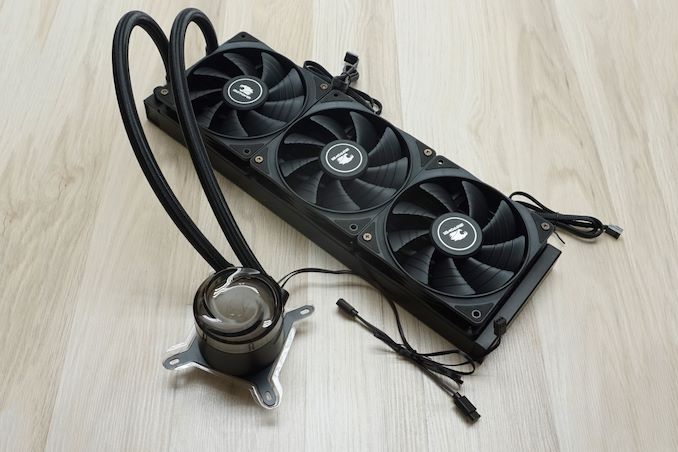






















_NicoElNino_Alamy.jpg?width=1280&auto=webp&quality=80&disable=upscale#)
_Muhammad_R._Fakhrurrozi_Alamy.jpg?width=1280&auto=webp&quality=80&disable=upscale#)























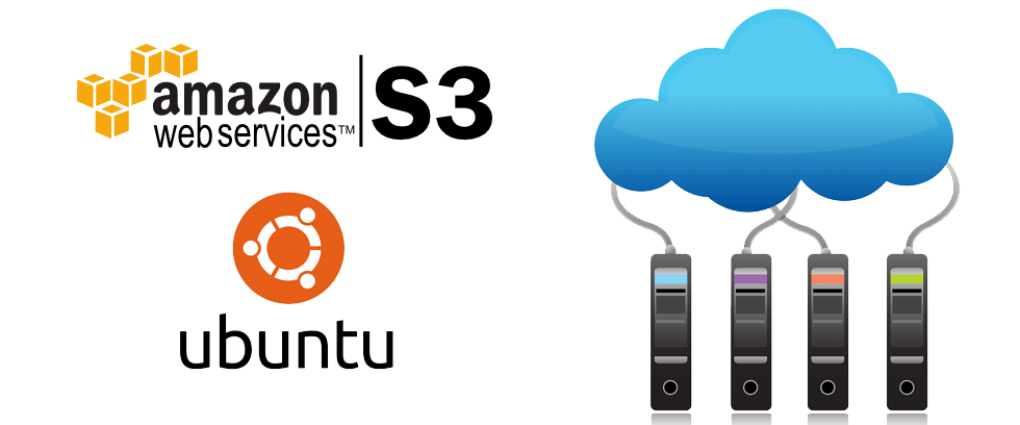
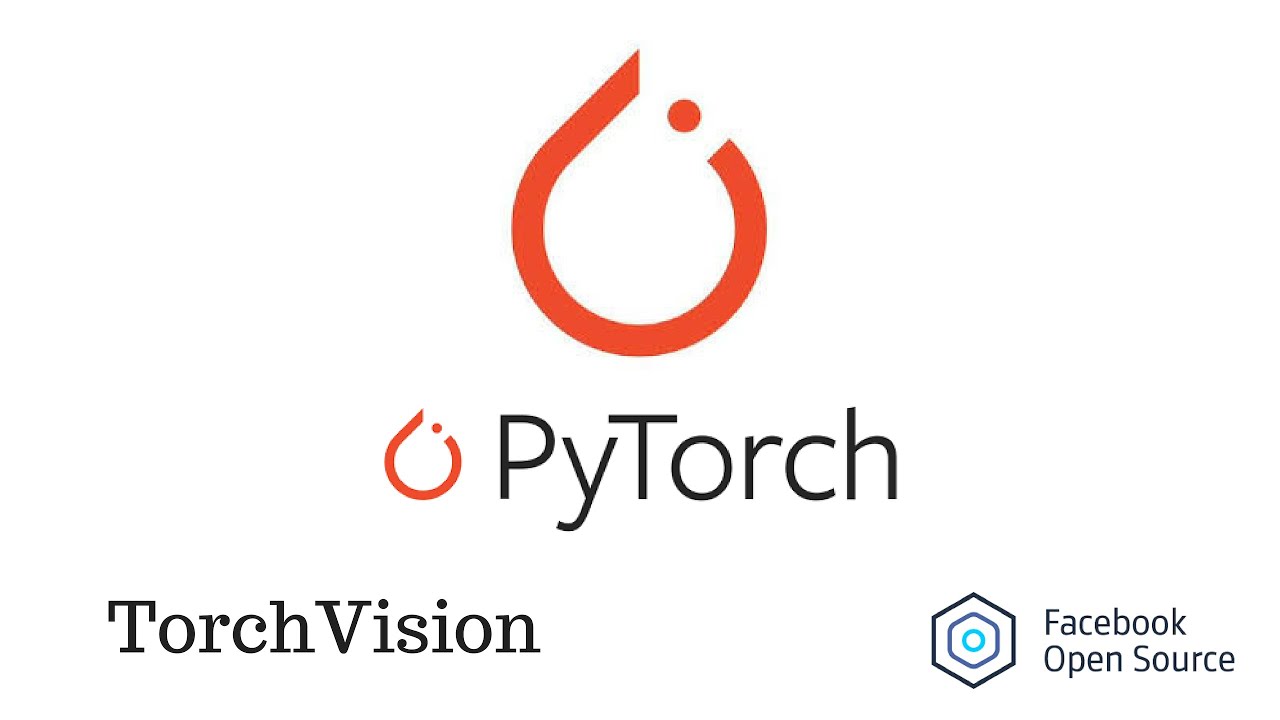
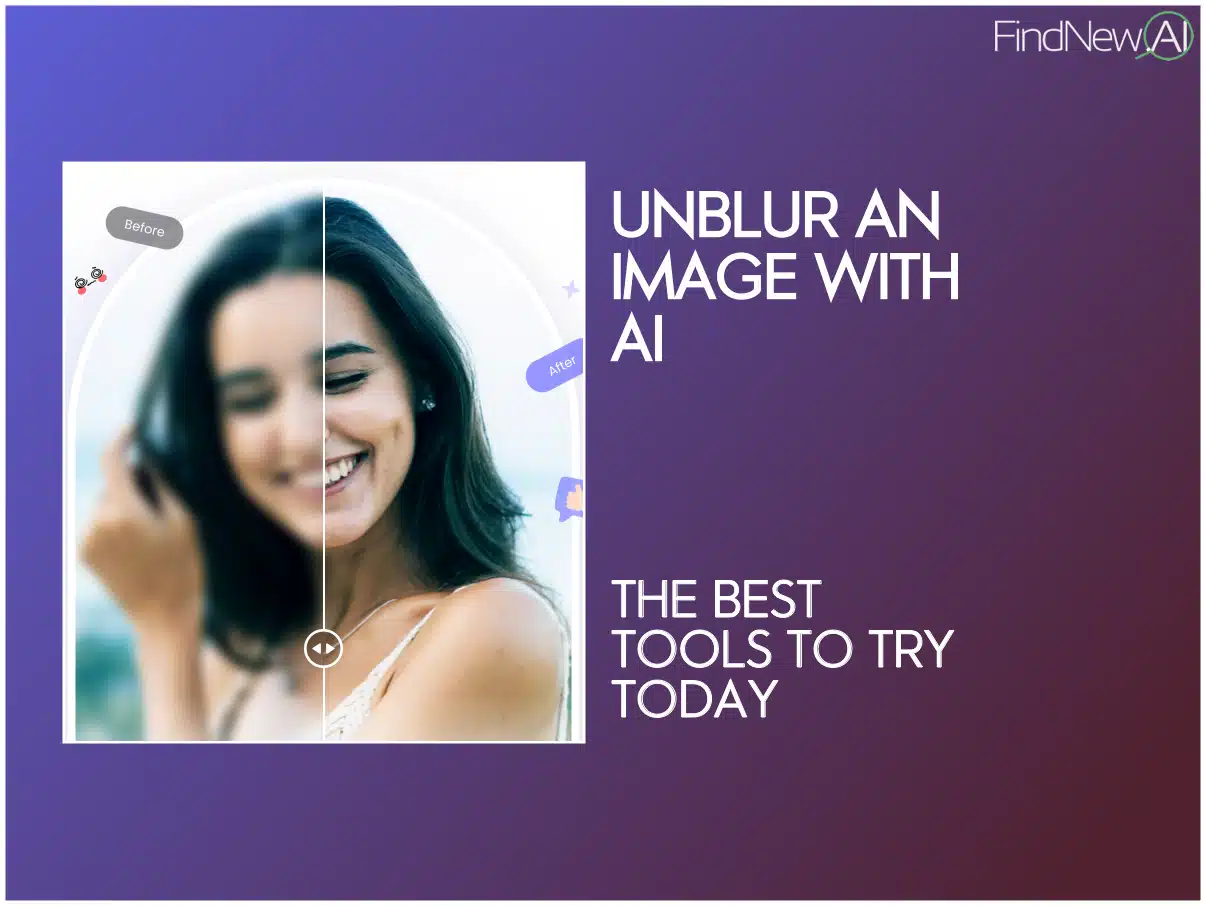





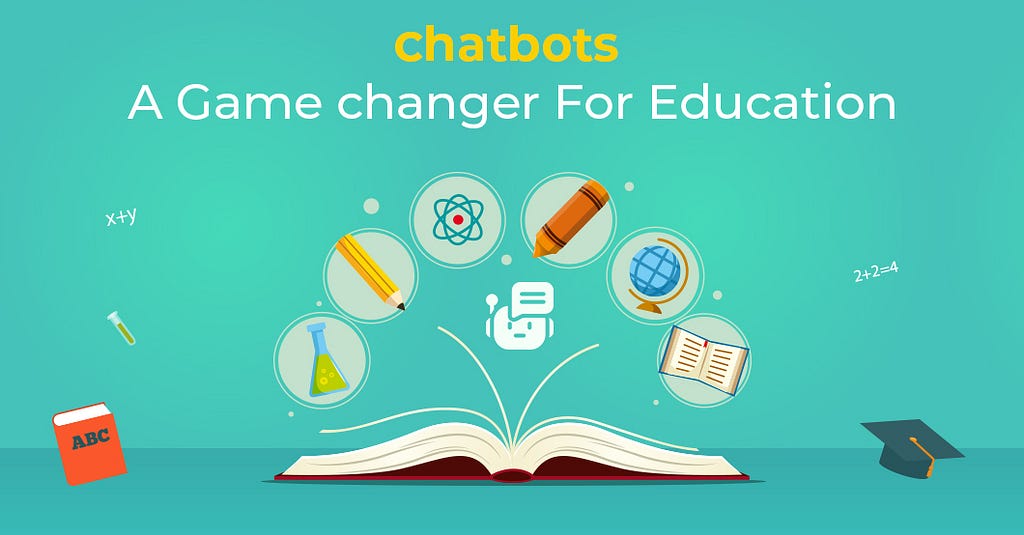




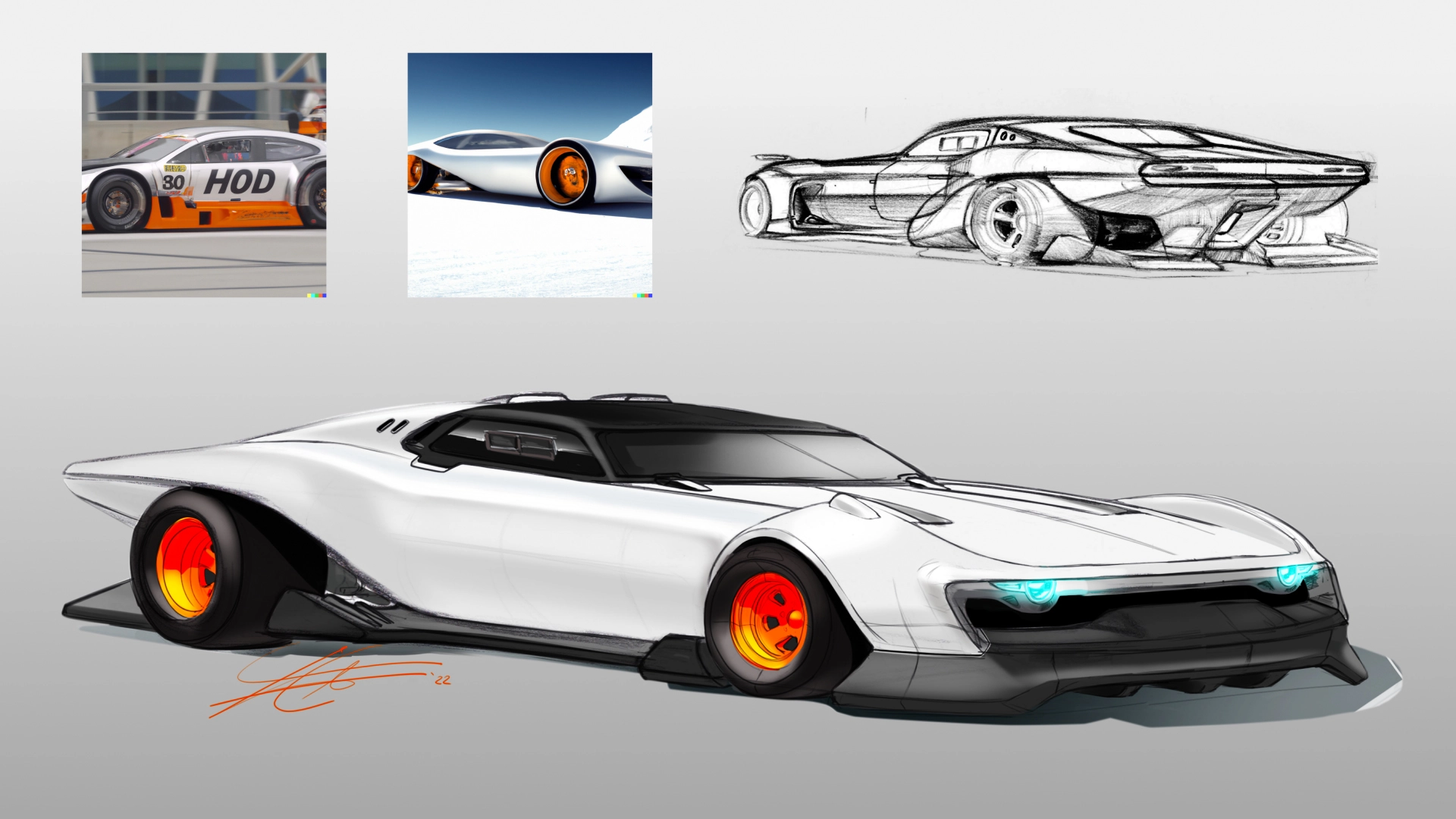















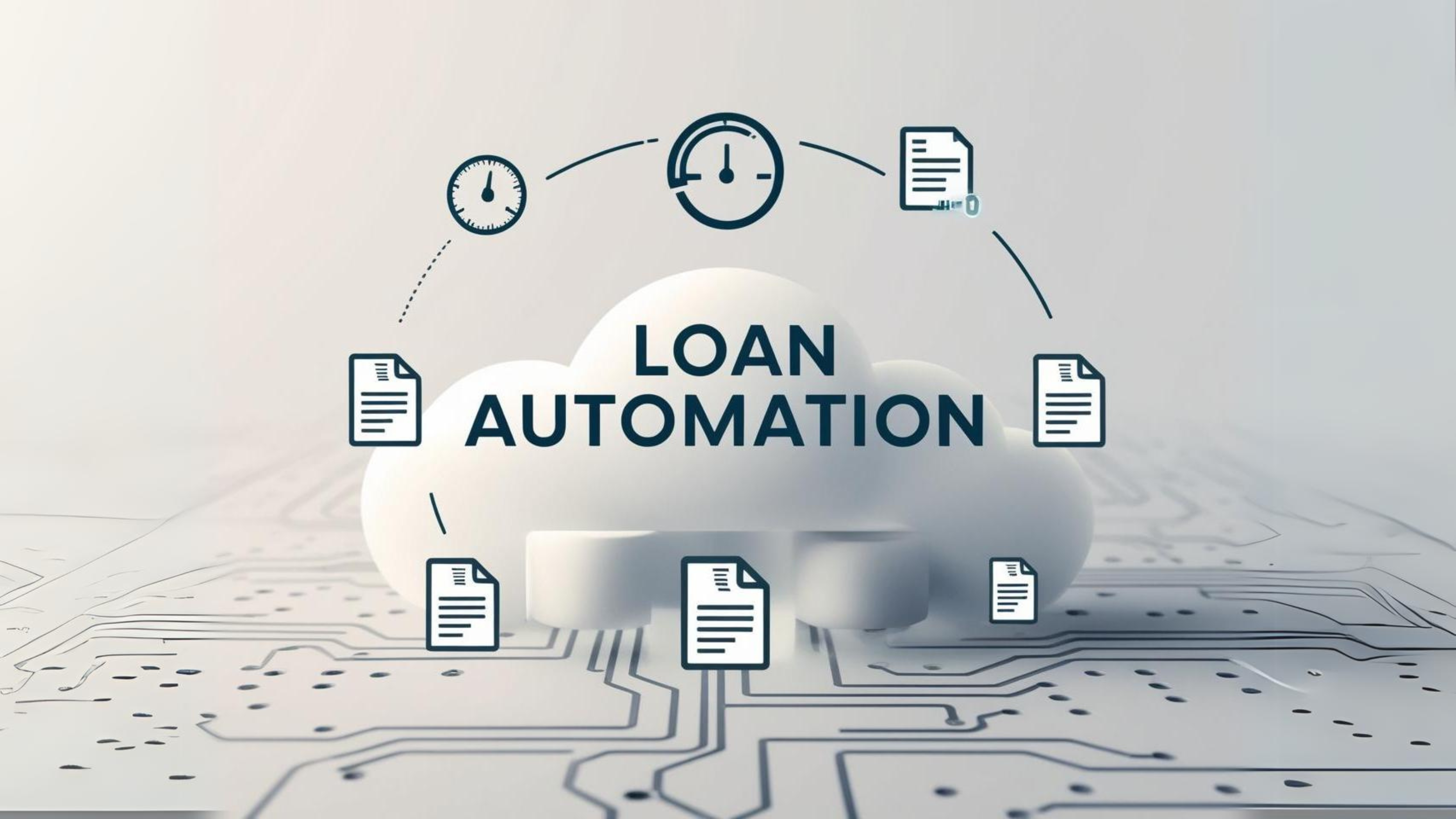
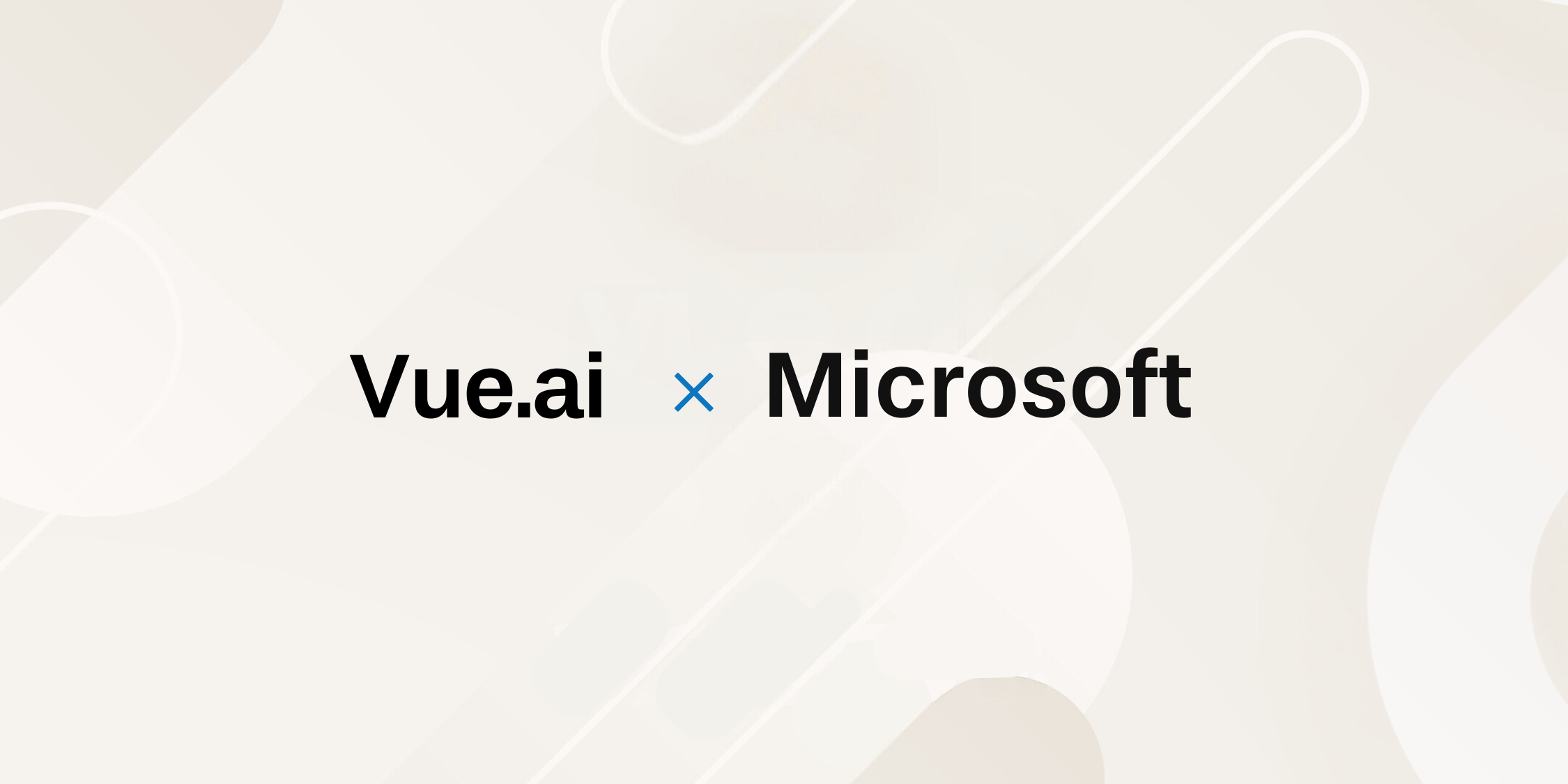





































































![[The AI Show Episode 144]: ChatGPT’s New Memory, Shopify CEO’s Leaked “AI First” Memo, Google Cloud Next Releases, o3 and o4-mini Coming Soon & Llama 4’s Rocky Launch](https://www.marketingaiinstitute.com/hubfs/ep%20144%20cover.png)











